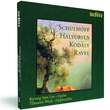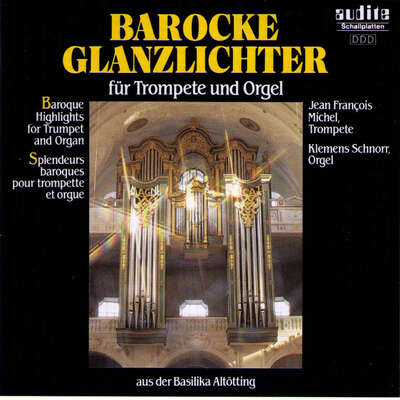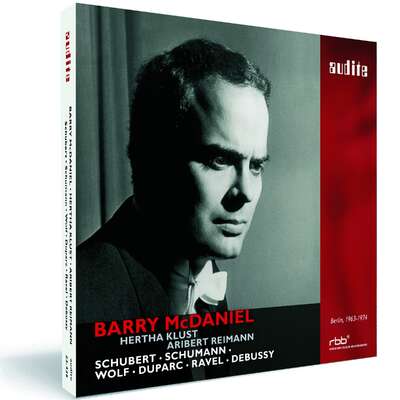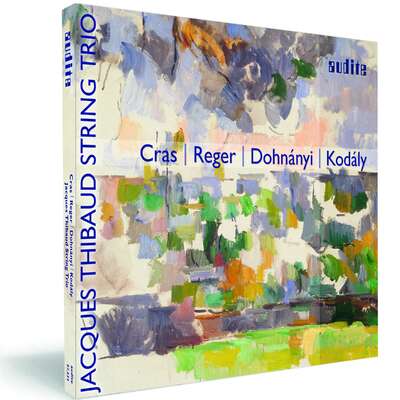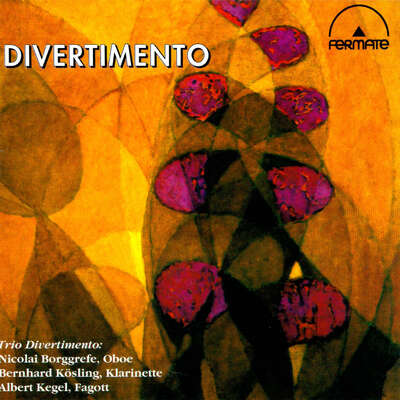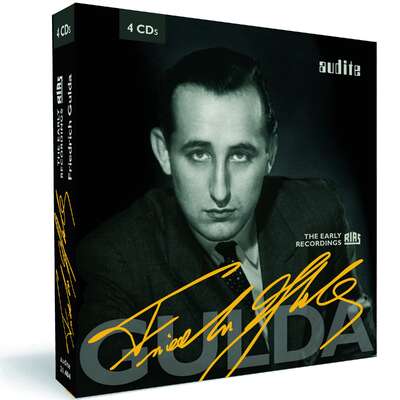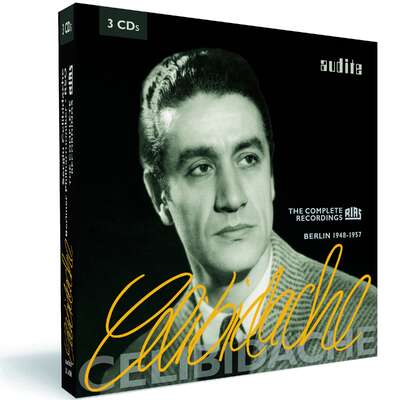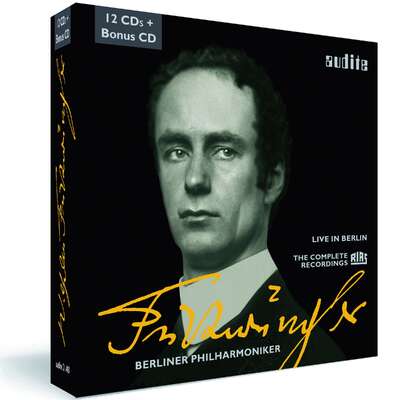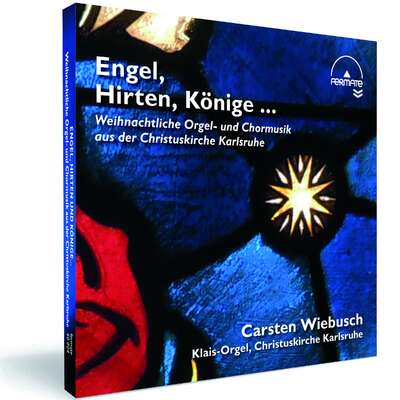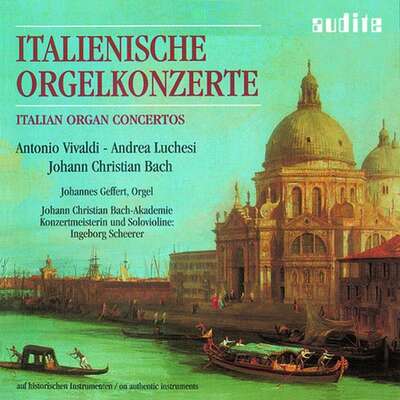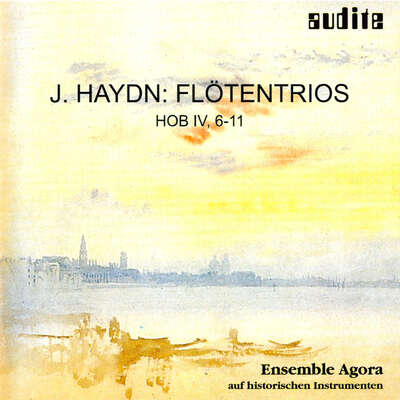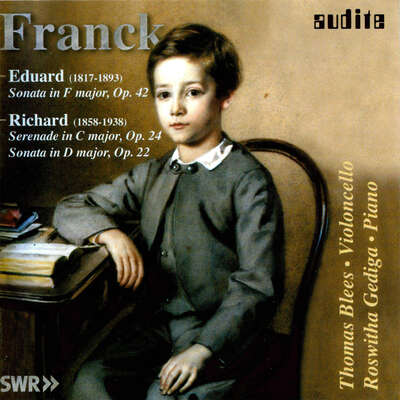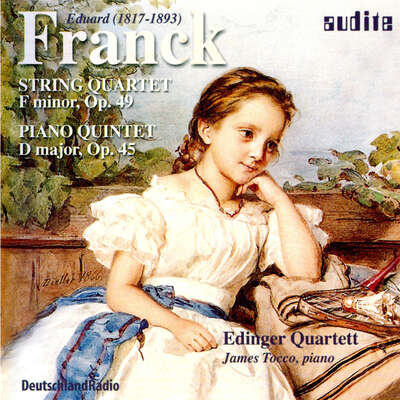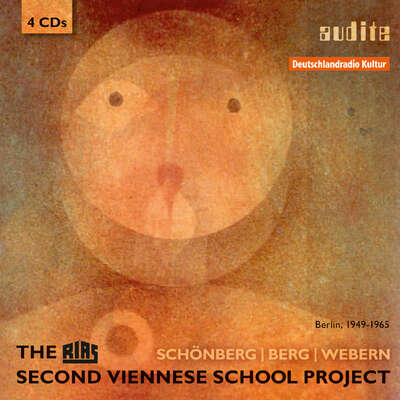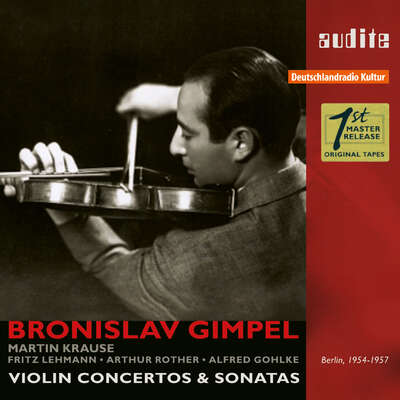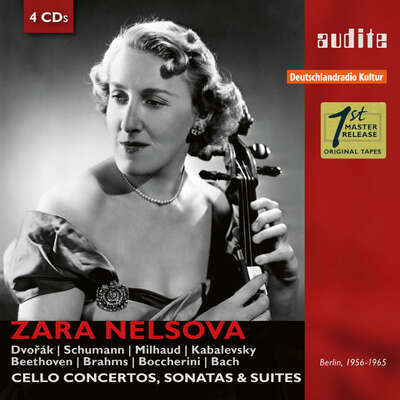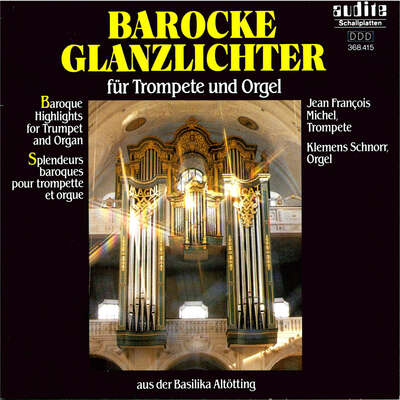
This audite-production thrives on the tension between the sonic unity and, at the same time, opposing qualities of these two instruments. Dialogues full of contrasts arise between the violin and violoncello, imbued with the individual musical language of each composer represented. The "Sonata for...more
"The playing is absolutely first rate - commanding, forthright, attractive on the ear and beautifully recorded. Whatever their solo qualities, these two players serve up unremitting magic when paired." (The Strad)
Details
| Works for Violin & Violoncello | |
| article number: | 97.489 |
|---|---|
| EAN barcode: | 4022143974891 |
| price group: | BCA |
| release date: | 1. January 2004 |
| total time: | 70 min. |
Bonus Material
Informationen
This audite-production thrives on the tension between the sonic unity and, at the same time, opposing qualities of these two instruments. Dialogues full of contrasts arise between the violin and violoncello, imbued with the individual musical language of each composer represented.
The "Sonata for Violin and Violoncello" of Maurice Ravel no longer follows impressionistic sonic ideals, but is marked by a new reduction in voice-leading and melodic language.
The impetus for Erwin Schulhoff's "Duo for Violin and Violoncello" was provided by Ravel's composition, but Schulhoff's work uses a very extended harmonic language. The dominant impression is the contrast between strongly rhythmical passages and expressive melodies.
In the "Duo for Violin and Violoncello" of Zoltán Kodály, an admirer of Debussy, the elements of Hungarian folk music with its pentatonic structure cannot be overheard. It forms a successful synthesis of European art music and Hungarian folk music.
Johan August Halvorsen's "Passacaglia for Violin and Violoncello" follows a beloved 18th-century tradition, in which countless well-known operatic and concert works were arranged for home use. Halvorsen makes his arrangement from Händel's Passacaglia for Harpsichord from the Seventh Suite in G minor, HWW 432. His duo forms the virtuoso final culmination of this CD.
Kyung Sun Lee teaches at the Oberlin Conservatory of Music in the USA and is in international demand as a soloist.
Tilmann Wick, a professor at the Academy of Music and Theatre in Hanover since 1998, concertises regularly in Germany and abroad and is an instructor at international master courses.
Reviews
Classix | 12/2004 | December 1, 2004
Oh, sehr dramatisch! Das könnte aus Südeuropa kommen. Modern auf jedenMehr lesen
Pizzicato | 11/2004 | Alain Steffen | November 1, 2004
Eher selten haben die Komponisten die Zusammenstellung Violine-Cello für ihre Werke benutzt. Wie gut beide Instrumente zueinander passen, wieMehr lesen
Fono Forum | 8/2004 | Norbert Hornig | August 1, 2004 Eigener Reiz
Die Besetzung Violine und Violoncello füllt zwar nur eine Nische im Kammermusik-Repertoire, ist aber deshalb nicht weniger attraktiv. Das Duo KyungMehr lesen
The Strad | 6/2004 | Roderic Dunnett | June 1, 2004
This is a thrilling disc. One always senses that the sound world of RavelMehr lesen
klassik-heute.com | 17.03.2004 | Robert Spoula | March 17, 2004
„Blendende Farben und tiefste Expressivität am Beginn des 20.Mehr lesen
Ensemble - Magazin für Kammermusik | 2/2004 | Carsten Dürer | February 1, 2004
Welch ein ungewöhnliches Programm. Doch man muss auch schon ein wenigMehr lesen
